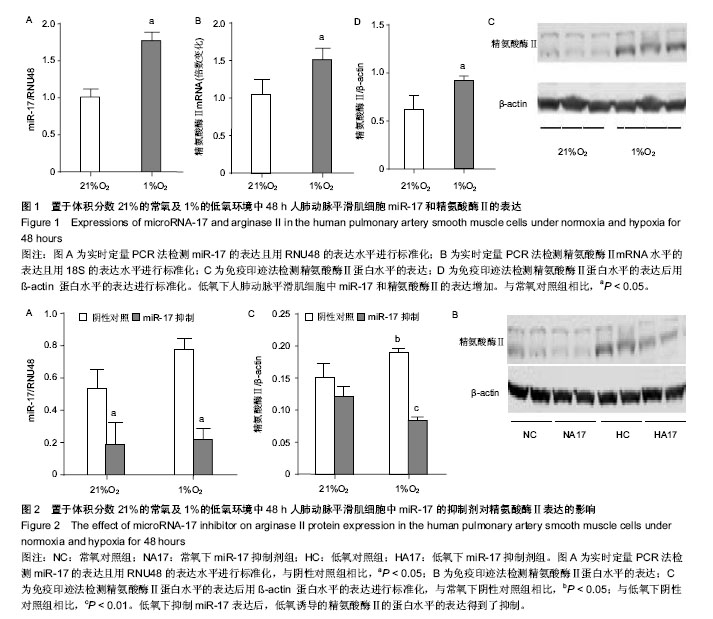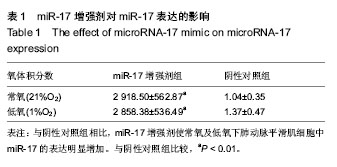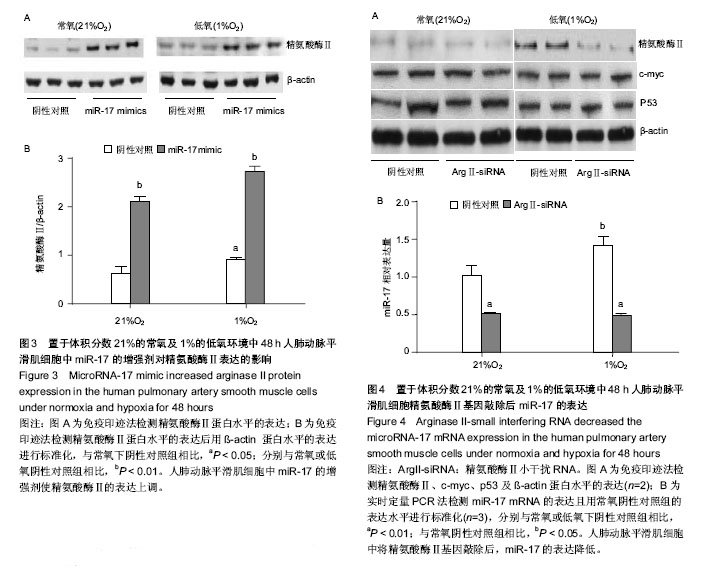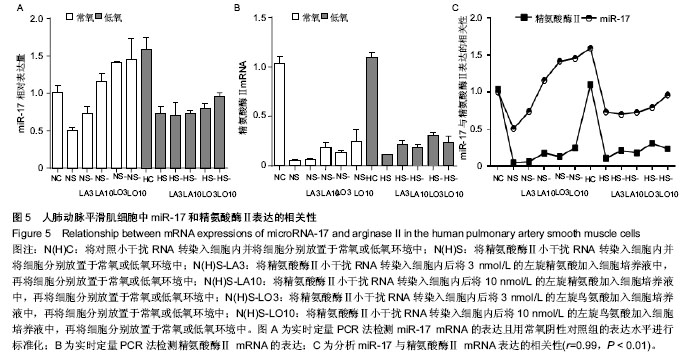| [1] Pushparaj PN, Aarthi JJ, Kumar SD, et al.RNAi and RNAa—the yin and yang of RNAome. Bioinformation.2008; 2(6): 235-237.
[2] Lodish HF, Zhou B, Liu G, et al.Micromanagement of the immune system by microRNAs. Nat Rev Immunol.2008; 8(2):120-130.
[3] Mendell JT. miRiad roles for the miR-17-92 cluster in development and disease. Cell. 2008; 133(2): 217-222.
[4] Koralov SB, Muljo SA, Galler GR, et al. Dicer ablation affects antibody diversity and cell survival in the B lymphocyte lineage. Cell.2008; 132(5):860-874.
[5] Ventura A, Young AG, Winslow MM, et al.Targeted deletion reveals essential and overlapping functions of the miR-17 through 92 family of miRNA clusters. Cell. 2008; 132(5): 875-886.
[6] Xiao C, Srinivasan L, Calao DP, et al.Lymphoproliferative disease and autoimmunity in mice with increased miR-17-92 expression in lymphocytes. Nature Immunology. 2008; 9(4): 405-414.
[7] Brock M, Trenkmann M, Gay RE, et al.Interleukin-6 modulates the expression of the bone morphogenic protein receptor type II through a novel STAT3-microRNA cluster 17/92 pathway. Circ Res.2009; 104(10):1184-1191.
[8] Pullamsetti SS, Doebele C, Fischer A, et al.Inhibition of microRNA-17 improves lung and heart function in experimental pulmonary hypertension. Am J Respir Crit Care Med. 2012; 185(4):409-419.
[9] Jenkinson CP, Grody WW, Kern RM, et al. Comparative properties of arginases. Comp Biochem Physiol.1996; 114(1):107-132.
[10] Durante W, Johnson FK, Johnson RA. Arginase: a critical regulator of nitric oxide synthesis and vascular function. Clin Exp Pharmacol Physiol.2007; 34(9):906-911.
[11] Nelin LD, Chicoine LG, Reber KM, et al.Cytokine-induced endothelial arginase expression is dependent on epidermal growth factor receptor. Am J Respir Cell MolBiol. 2005; 33(4): 394-401.
[12] Chen B, Calvert AE, Cui H, et al. Hypoxia promotes human pulmonary artery smooth muscle cell proliferation through induction of arginase. Am J Physiol Lung Cell Mol Physiol. 2009; 297(6):L1151-L1159.
[13] Grönros J, Kiss A, Palmér M, et al. Arginase inhibition improves coronary microvascular function and reduces infarct size following ischaemia-reperfusion in a rat model. Acta Physiol (Oxf). 2013; 208(2):172-179.
[14] Ino Y,Yamazaki-Itoh R,Oguro S,et al.Arginase II expressed in cancer-associated fibroblasts indicates tissue hypoxia and predicts poor outcome in patients with pancreatic cancer. PLoS One.2013; 8(2):e55146.
[15] O’Donnell KA, Wentzel EA, Zeller KI, et al. c-Myc-regulated microRNAs modulate E2F1 expression. Nature. 2005; 435 (7043):839-843.
[16] Yan HL, Xue G, Mei Q, et al. Repression of the miR-17-92 cluster by p53 has an important function in hypoxia-induced apoptosis. EMBO J. 2009; 28(18): 2719-2732. |




.jpg)